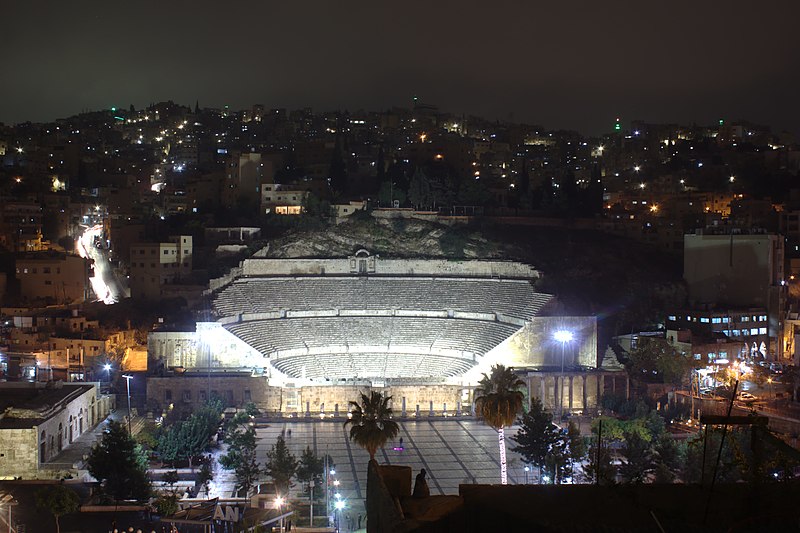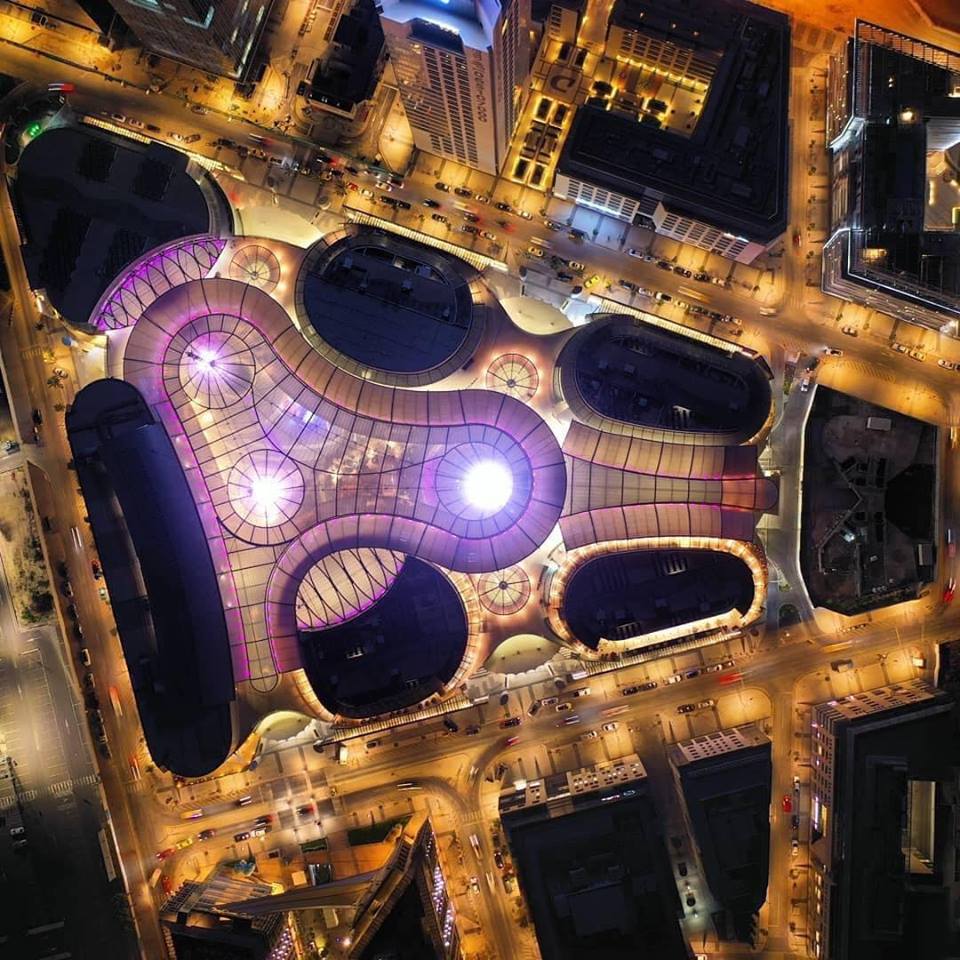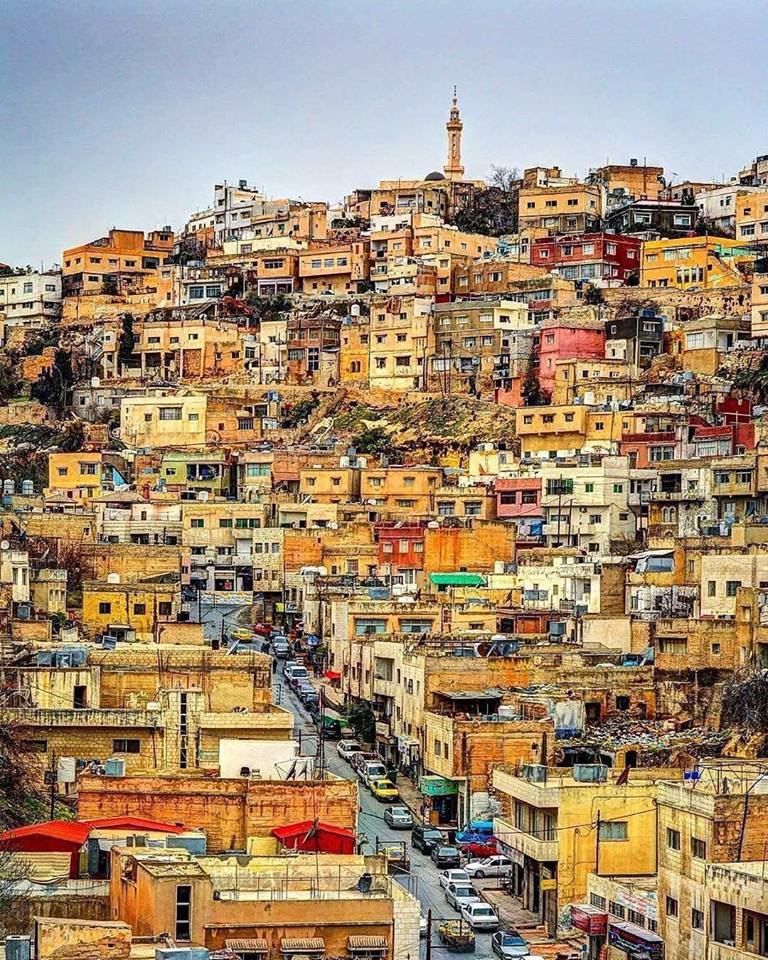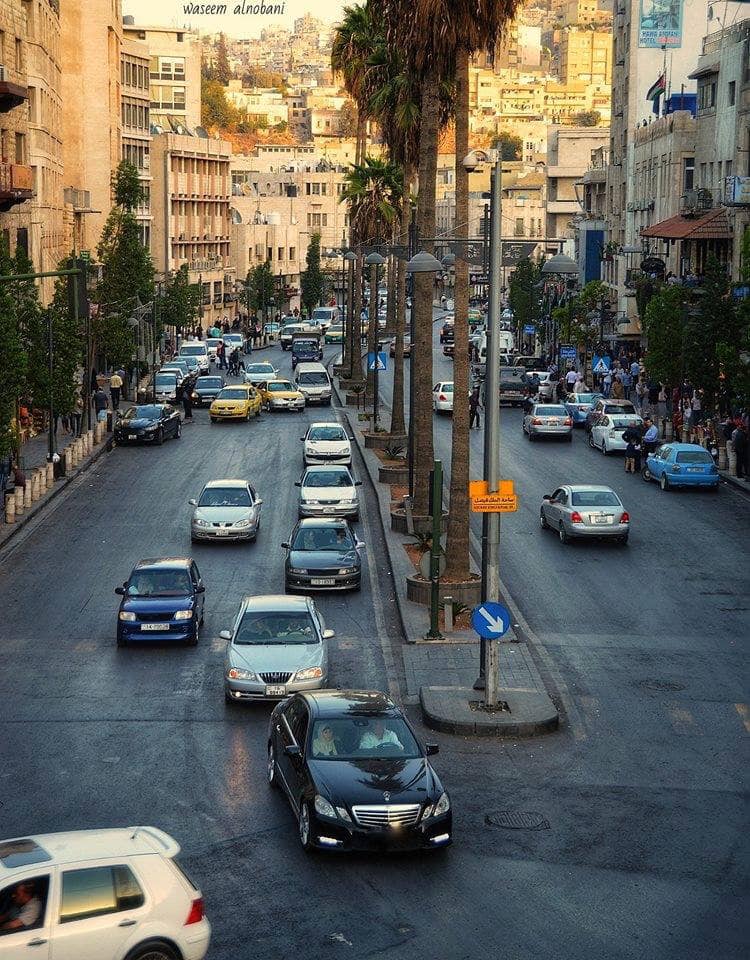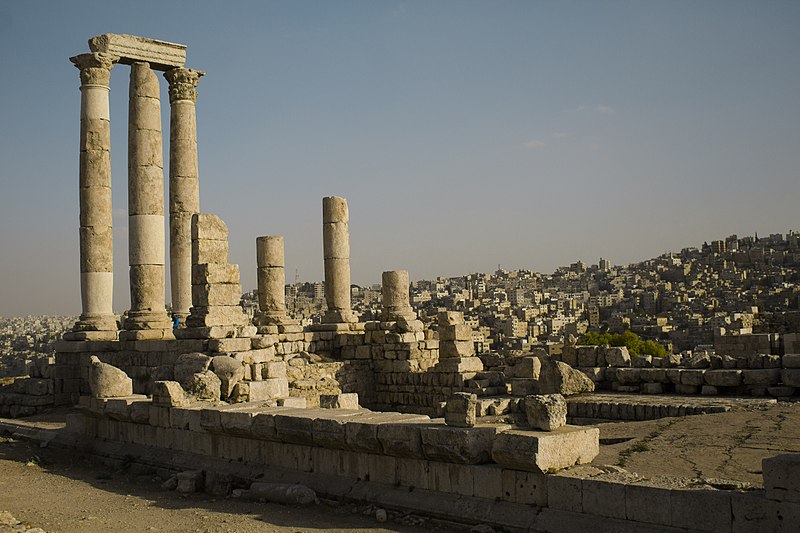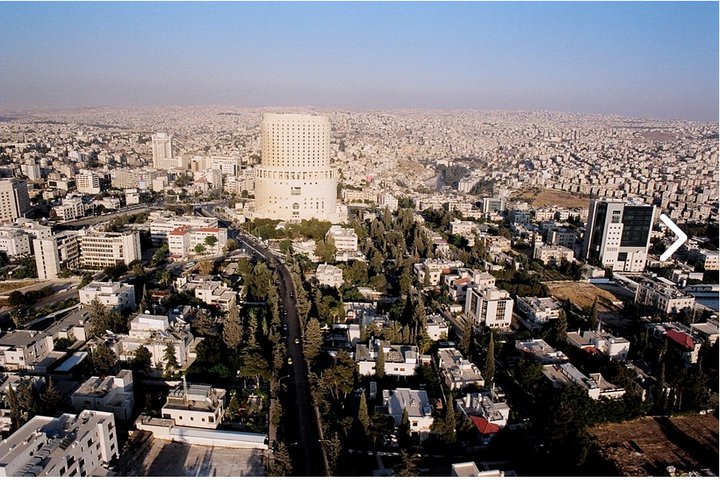Amman
Amman is the capital and most populous city of Jordan, and the country's economic, political and cultural centre. Situated in north-central Jordan, Amman is the administrative centre of the Amman Governorate. The city has a population of 4,007,526 and a land area of 1,680 square kilometres (648.7 square miles). Today, Amman is considered to be among the most modernized Arab cities. It is a major tourist destination in the region, particularly among Arab and European tourists. The earliest evidence of settlement in Amman is in a Neolithic site known as Ain Ghazal, where some of the oldest human statues ever found dating to 7250 BC were uncovered. During the Iron Age, the city was known as Ammon, home to the Kingdom of the Ammonites. It was named Philadelphia during its Greek and Roman periods, and was finally called Amman during the Islamic period. Abandoned for much of the medieval and post-medieval period, modern Amman dates to the late 19th century when Circassian immigrants were settled there by the Ottoman Empire in 1867. The first municipal council was established in 1909. Amman witnessed rapid growth after its designation as Jordan's capital in 1921, and after several successive waves of refugees: Palestinians in 1948 and 1967; Iraqis in 1990 and 2003; and Syrians since 2011.
It was initially built on seven hills but now spans over 19 hills combining 27 districts, which are administered by the Greater Amman Municipality headed by its mayor Yousef Shawarbeh. Areas of Amman have gained their names from either the hills (Jabal) or the valleys (Wadi) they occupy, such as Jabal Lweibdeh and Wadi Abdoun. East Amman is predominantly filled with historic sites that frequently host cultural activities, while West Amman is more modern and serves as the economic center of the city. The neolithic site of 'Ain Ghazal was found in the outskirts of Amman. At its height, around 7000 BC, it had an area of 15 hectares (37 acres) and was inhabited by ca. 3000 people (four to five times the population of contemporary Jericho). At that time the site was a typical aceramic Neolithic village. Its houses were rectangular mud-bricked buildings that included a main square living room, whose walls were made up of lime plaster. The site was discovered in 1974 as construction workers were working on a road crossing the area. By 1982, when the excavations started, around 600 meters (2,000 feet) of road ran through the site. Despite the damage brought by urban expansion, the remains of 'Ain Ghazal provided a wealth of information.
